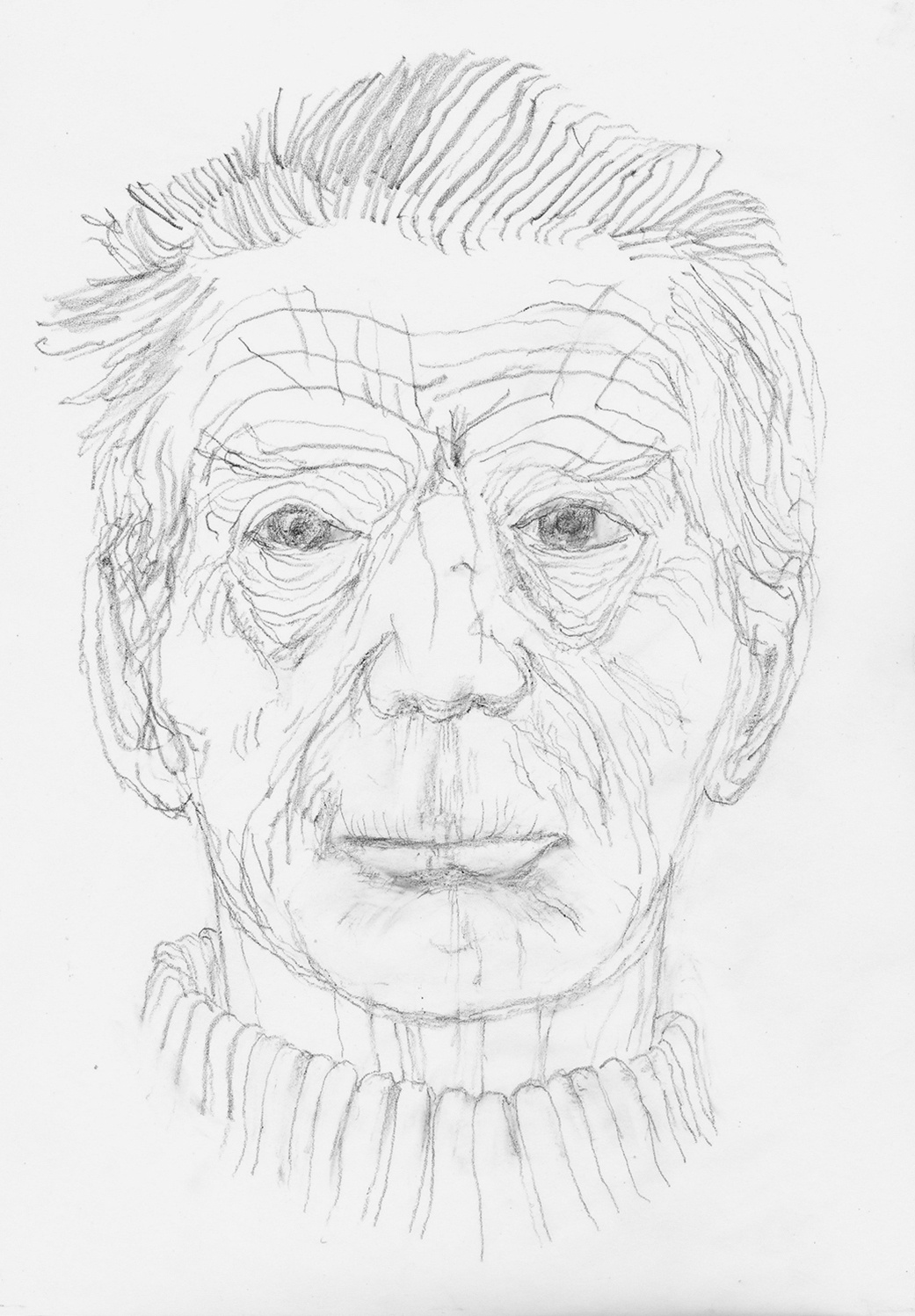When Douglas Gordon was asked what he had been taught during his time as a student of the Environmental Art course—the influential department at Glasgow School of Art established by David Harding in 1985—his reply was, “To sing. Not how to sing but simply to sing.” This enigmatic description of the department’s ethos, combined with the global reputation of its graduates, suggest that Environmental Art was less a course than a school within a school. Harding, a committed artist-teacher, born in Edinburgh in 1937, perhaps epitomized Wassily Kandinsky’s image of the artist “who cannot see his life’s purpose in an art without aims.” But whereas Kandinsky was motivated by the spiritual affects of color, Harding was mobilized by the material conditions of context, and his output has been characterized not by abstract impressions and improvisations in pictorial form, but by direct interventions in the concrete world of the built environment.
Harding’s perspective upon art, and his approach to its teaching, was influenced by his commitment to social justice and his association with the Artist Placement Group, initiated by Barbara Steveni in collaboration with John Latham in 1966, whose manifesto began, “The context is half the work”—a mantra which would later become a mandate for students of the Environmental Art department. Prior to setting up the course in Glasgow, Harding had spent four years at a college in Lafia, central Nigeria, working with his students on the development of a local art practice, before taking up, in 1968, the position of “Town Artist” in the Scottish New Town of Glenrothes. When describing the approach to making art in the context of a new town, as well as the production of works made in consultation and collaboration with residents—a practice which contributed to the development of what became known as “new genre public art”—we find the word “orchestrate.” To orchestrate is not simply to arrange or to shape but to listen, to be open to others, to celebrate the potential harmony and dissonance of cultural difference. This musical term also recalls us to the importance of singing for Harding, the keynote that resounds throughout the social, political, and pedagogical dimensions of his practice. At its most vital level, the singing voice testifies to the resilience of the human heart and of the spirit. And it is singing that has resonated throughout Harding’s approach to art, teaching, and to life. As Rainer Maria Rilke wrote in Sonnets to Orpheus: “Gesang ist Dasein.” Singing is being.
—Ross Birrell


